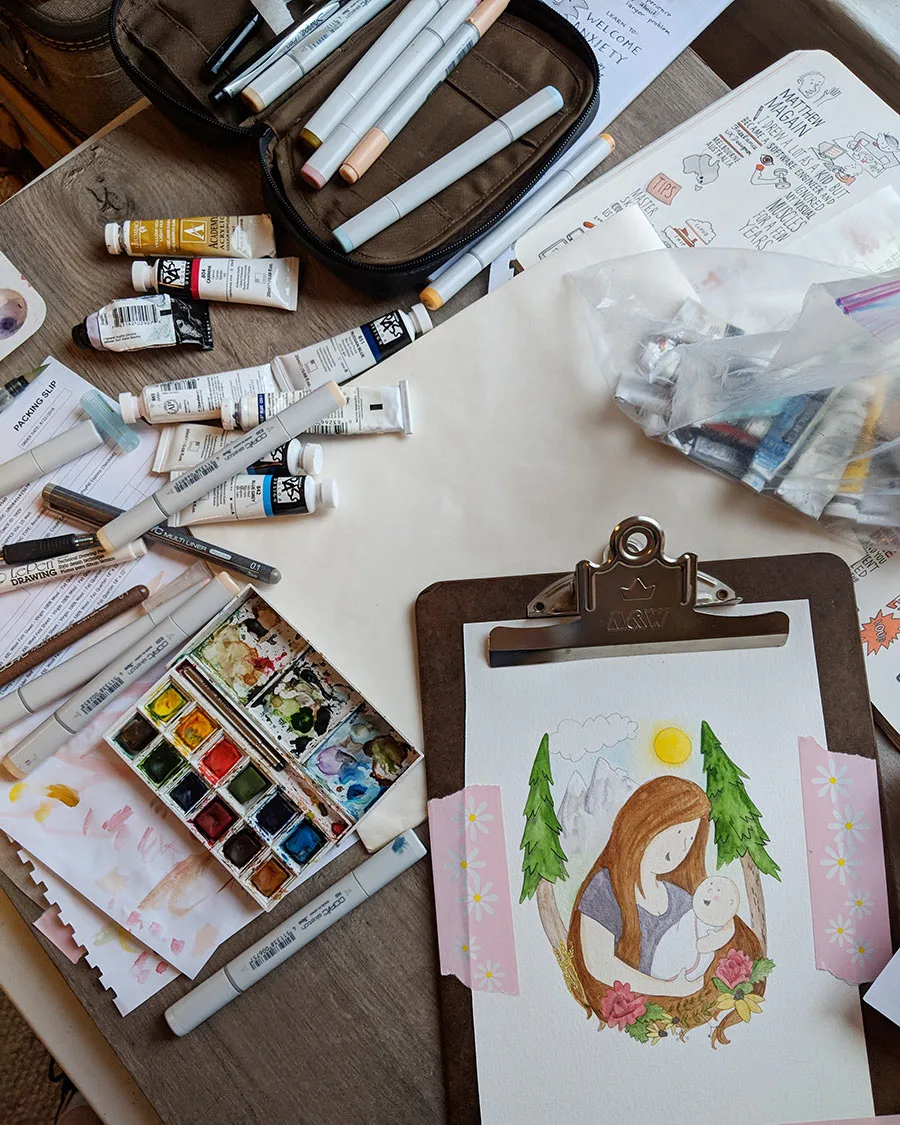In last week’s post I introduced readers to a concept called a “visual vocabulary”. In this installment of this series on developing a visual vocabulary, I’m showing you how I doodle one of the staples of my visual vocabulary: a mother and baby.
Mother and child (or parent and child) relationships are a common topic in psychology classes. Because of this, they come up often in my drawing-filled class notes. For a long time, this was an intimidating visual for me – people and faces are difficult to draw! Every time I tried to draw a baby it ended up looking a little bit like a pig-in-a-blanket!
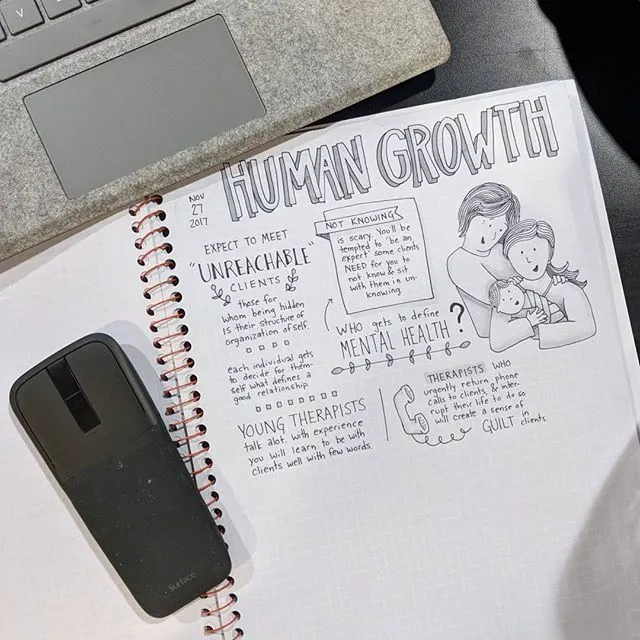
Like most things, with intentional practice on getting better at drawing bodies, faces, and infants, I slowly began to develop the ability to quickly doodle a parent-child pair. It definitely helped when I had the opportunity to work at the Bill and Melinda Gates Foundation as a graphic recorder. Prepping to graphic record during a meeting on global child health was a fantastic motivator. It encouraged my budding ability to doodle a mother holding a baby to her chest, and other child health-related images.
Learning to Draw is a Process
I want to be very intentional about showing you my learning process here:

The image above is a shot of this pair as I was growing a little bit more confident about actually putting it into notes. Remember that it doesn’t have to look great the first time you doodle this – it doesn’t even have to look good the 30th time – it’s all about practicing and being willing to learn and being willing to bless the process of learning.
Drawing a Mother and Baby
In this post, I’ll walk you through how I draw a mother and baby step-by-step.
I start with what is the hardest part for me: Using a pencil, I sketch a circle for the baby’s head, and the curve above and just to the side of the circle for the mother’s face. In this first step I go ahead and include facial features, because it is important (and sometimes takes a bit of sketching and erasing) to create facial expressions and placement that creates the appearance of mother and baby looking at each other.
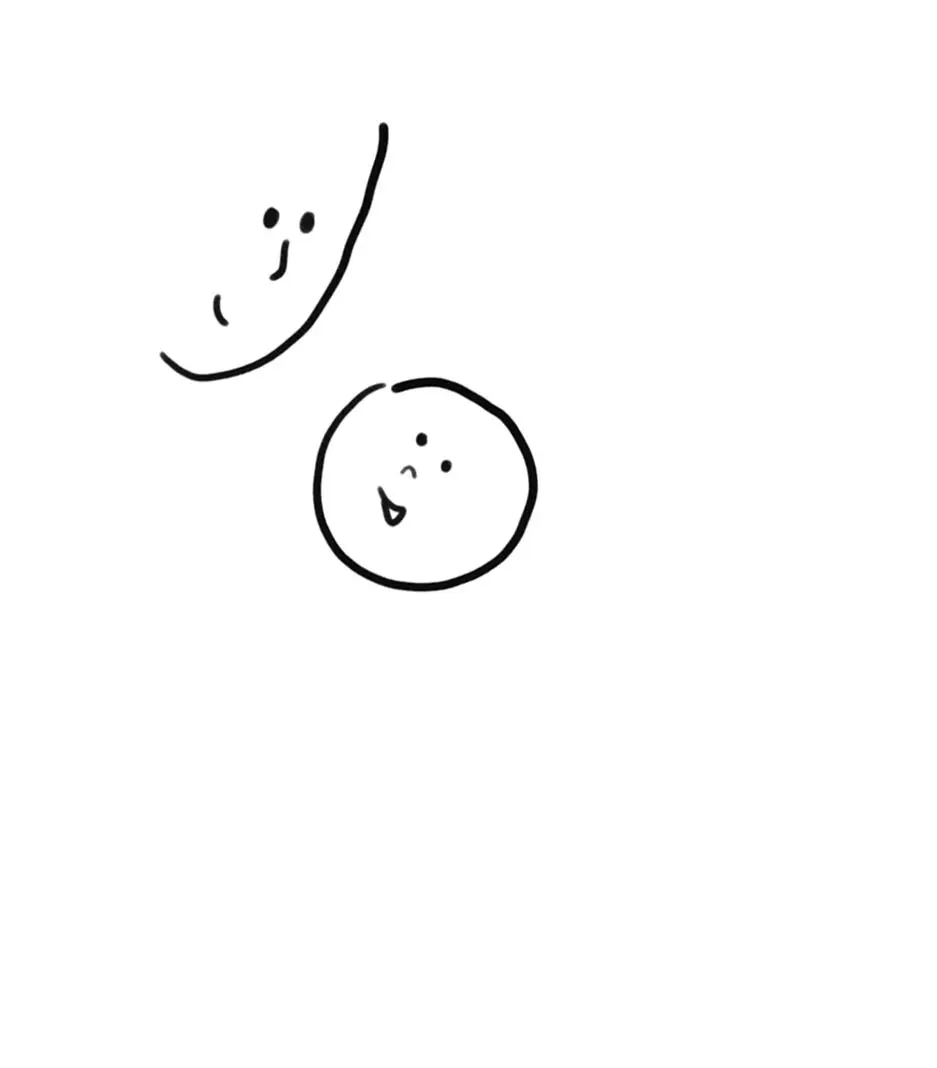
[An example of how this image might be adaptable in an abnormal psych class, might be to experiment with expressions and postures that communicate a lack of attunement and connection between mother and baby- such as those that are created when a caregiver has a disorganized or avoidant attachment style and might have trouble focusing on their child, or when the caregiver has an anxious attachment style and may force the child to disengage due to overstimulation.]
Next, building off of the faces I’ve already sketched, I begin adding context to the faces. I usually start with the arm, neck, and sometimes hair – though in this case, I’m defining the space with a headband:
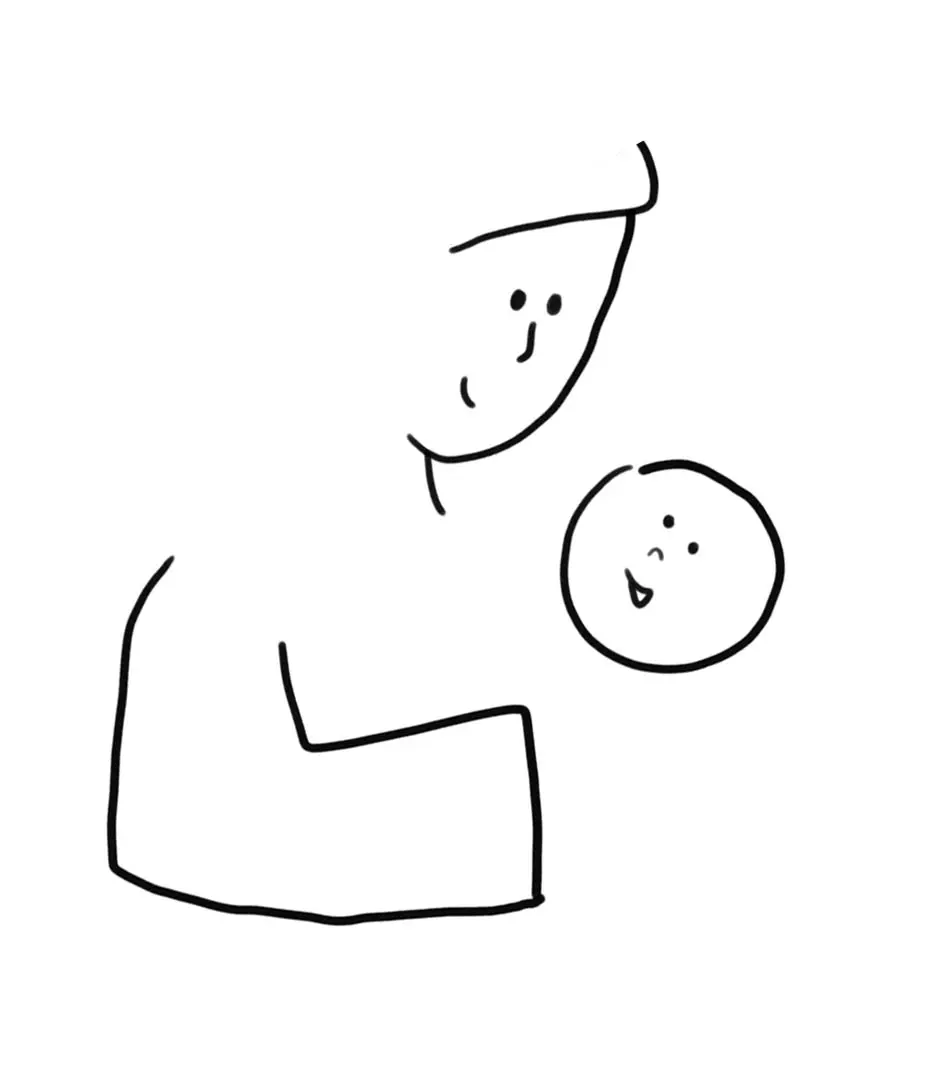
once you’ve added a neck and arm, add hands – one supporting the baby’s head, another holding what will be the body. Add a line for the far shoulder in the background between the neck and the babies head:

Mother and baby come together quickly! Add any sort of hair you’d like and the neckline to the mother’s shirt:

Finally, with the addition of a few lines to represent a lumpy baby blanket and a hemline to the mother’s shirt, your doodled bust of a mother and child is nearly complete. I often get carried away detailing hair at this point, but you can leave it plain to fill in with color or add texture and depth by adding lines.
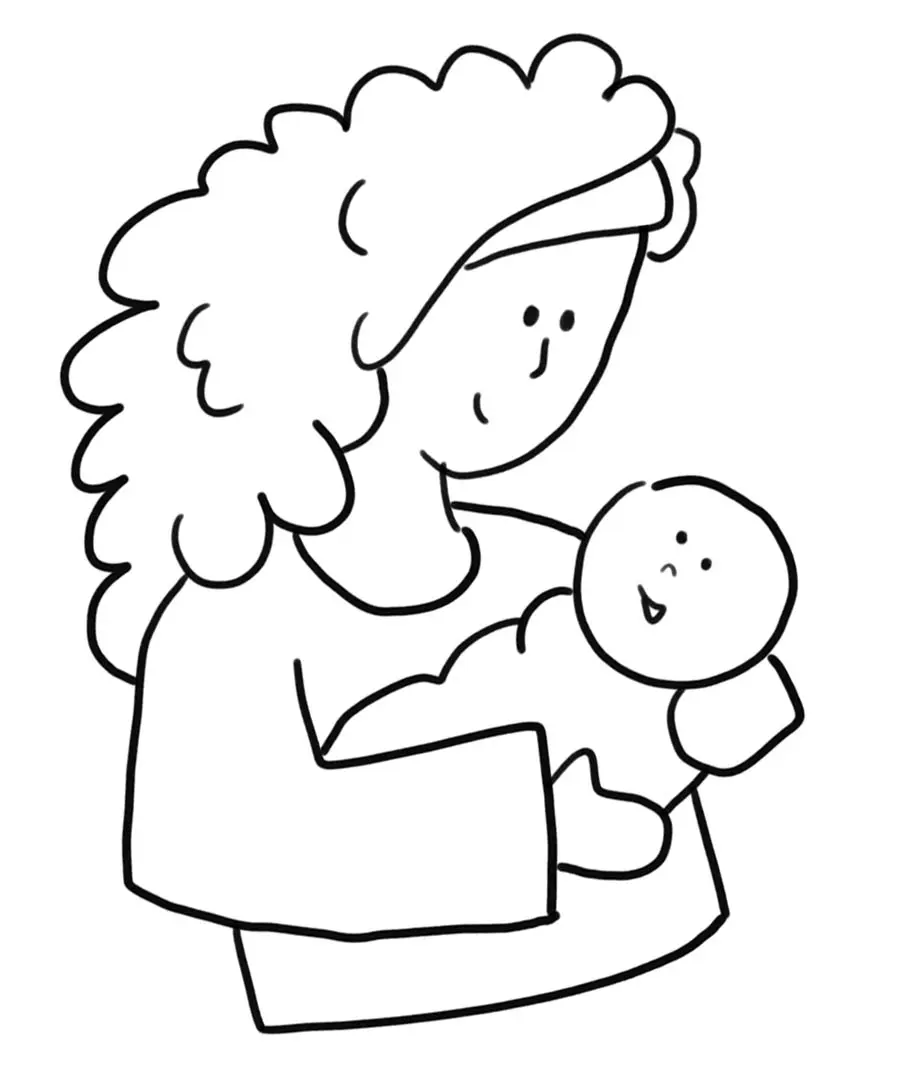
Now a regular part of my visual vocabulary, I can sketch this mother and child pair into my notes in just a moment. Often, while taking sketch notes, I will block out this figure and continue on taking notes – returning to add detail and color when the speaker stops to tell a story or answer questions.
A little bit of shading goes a long way, so I almost always go back over my doodles with an N0 Copic marker to add depth to my cute little mother and child pair.


